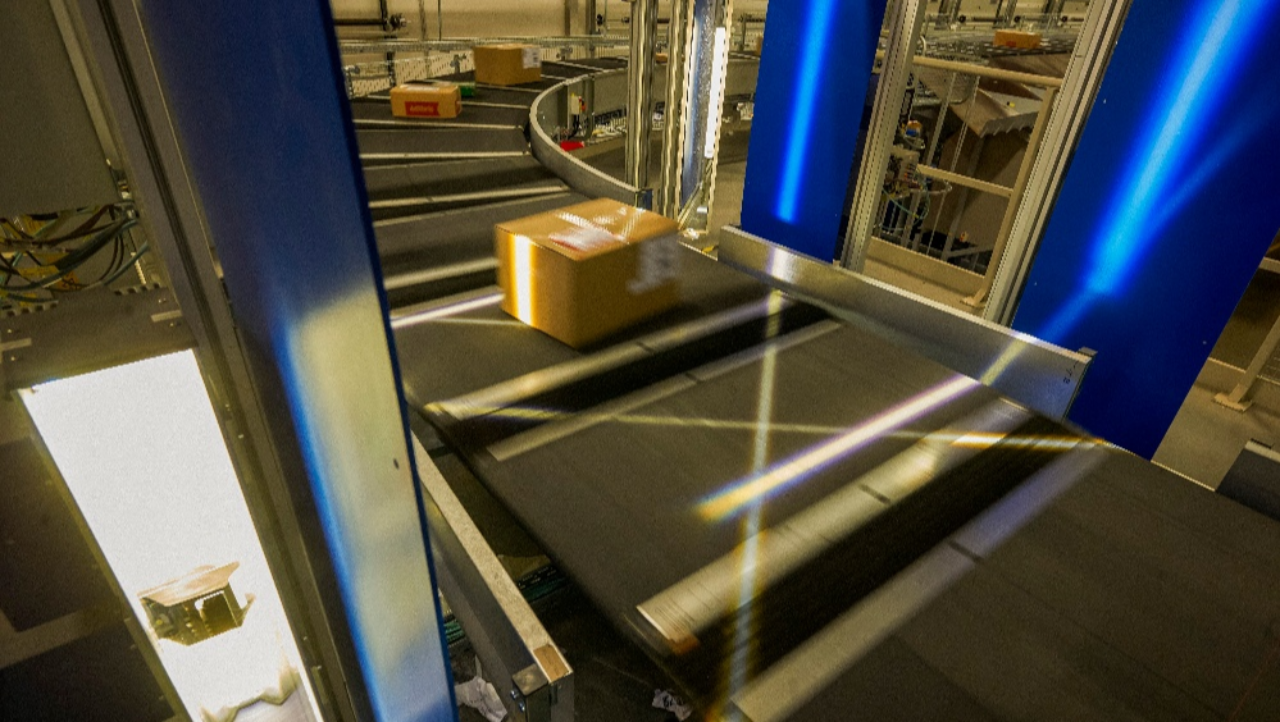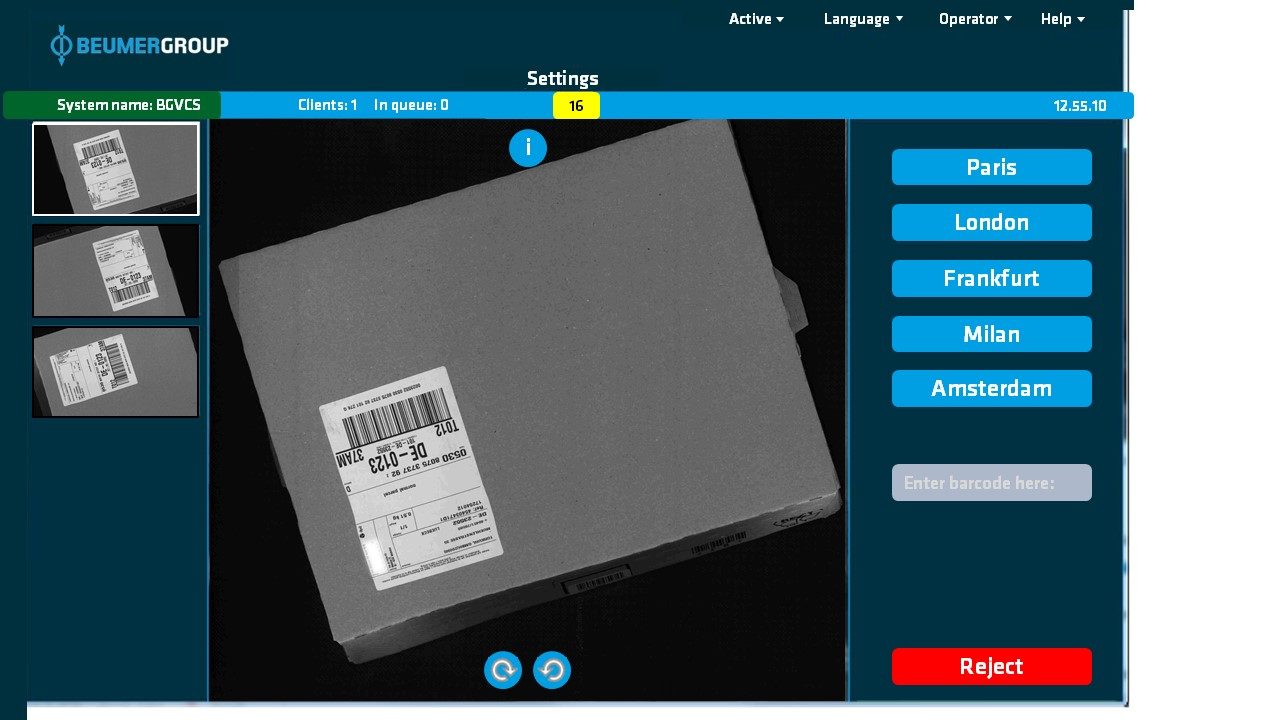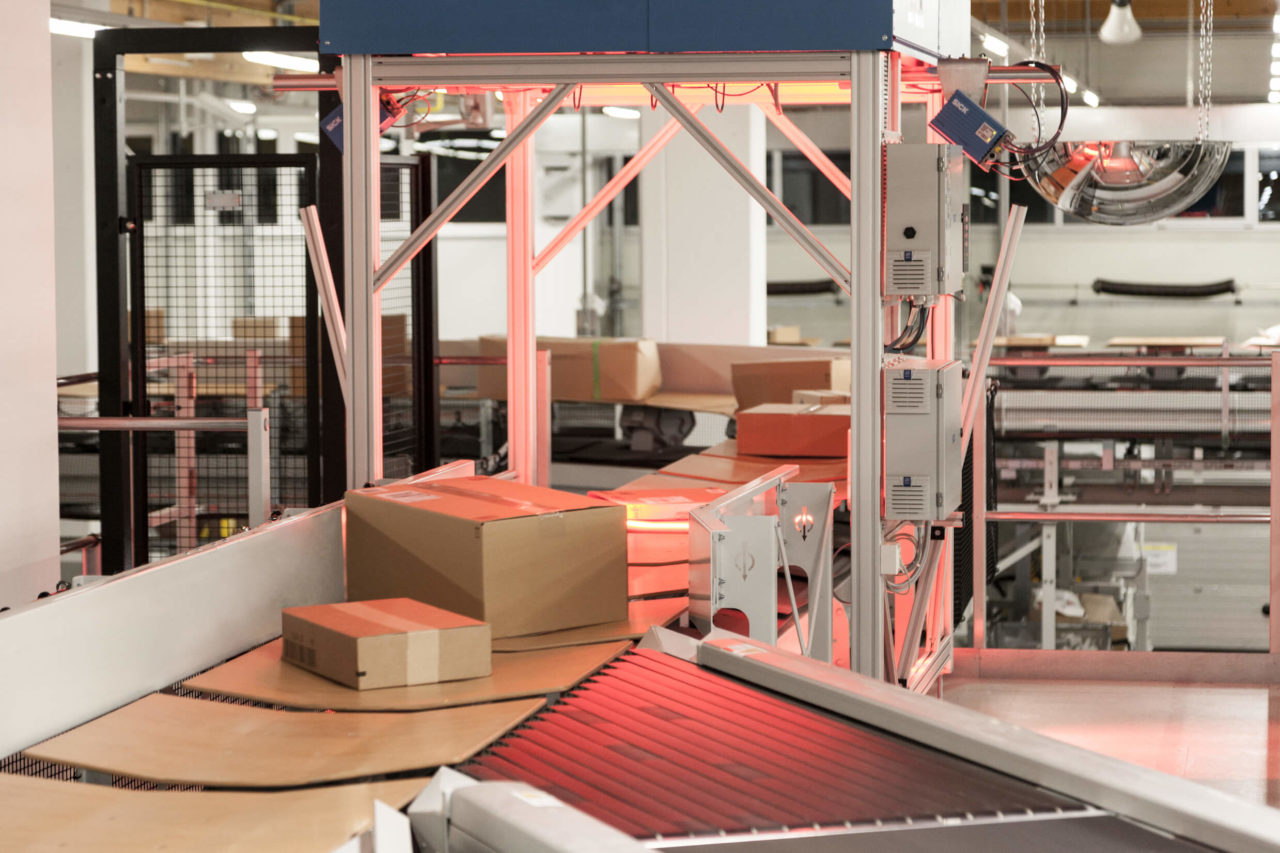E-commerce has grown exponentially in the last decade and is predicted to continue its impressive growth for the years to come.
And that opportunity also comes with challenges. Packing, shipping, and distribution centres must deal with exponentially growing volumes, increasing diversity of item types and packaging and home printed labels coupled with uncompromising customers that expect flawless process and day to day delivery.
Barcode technology served the industry well for decades. Camera based scanners are gradually replacing the traditional laser based scanners and improve somewhat the raw read rate, but the fundamental No-Read challenge is still a major issue for the industry and cause delayed deliveries, reduced throughput , increased costs and discontent customers.
Different solutions are being employed to address the No-Read challenge. No single technology will solve all the sources for No-Read errors and as it seems, the human operator is still required, and capable to resolve the challenge when technology fails. However, manual handling comes with a cost. Skilled human operators are costly; floor space for manual handling is scarce and physically diverting items to manual handling and re-inducting them to the system later is a time consuming and inefficient process.
The beumer group vcs
The BEUMER Group Video Coding System (VCS), an add-on to your existing system, brings the advantages and capabilities of the human operator but eliminate the need for physical diversion. With Video Coding, images of the parcels, usually from different angles, are brought to an operator’s computer screen while the item never leaves the sorting system. The operator, that can be located in a convenient office environment far away, can inspect the image, read the barcode or otherwise deduct the intended destination and code this information into the system, allowing the item to continue to its destination without significant delay and at a fraction of the cost of the traditional physical manual handling.



